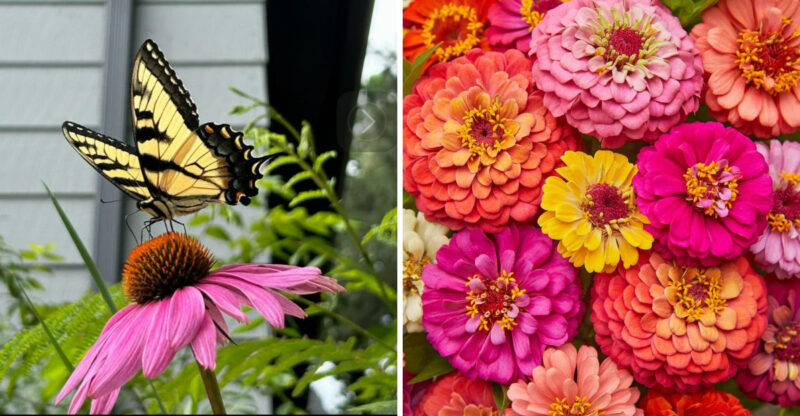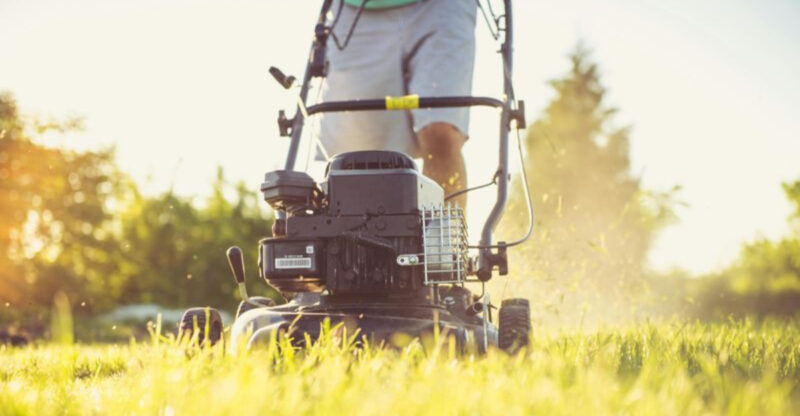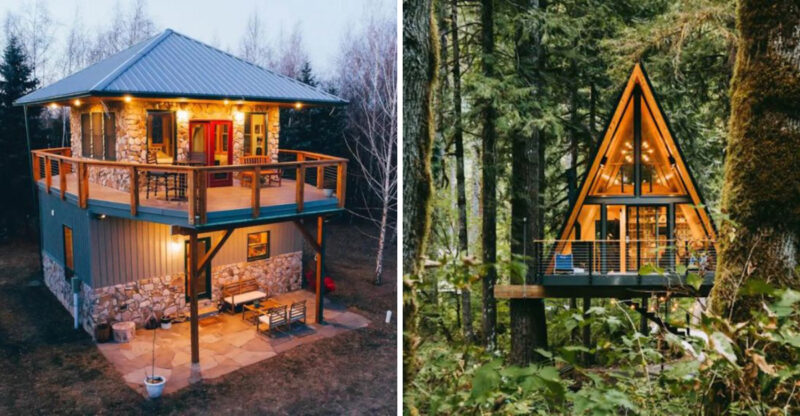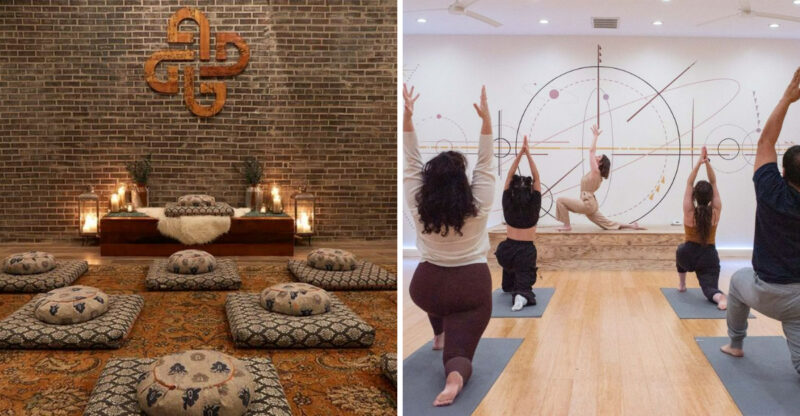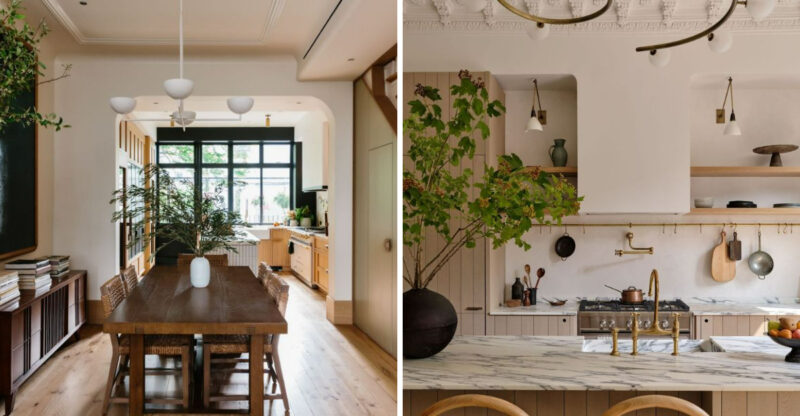Avoid These 8 Home Features That Can Lead To Long-Term Damage
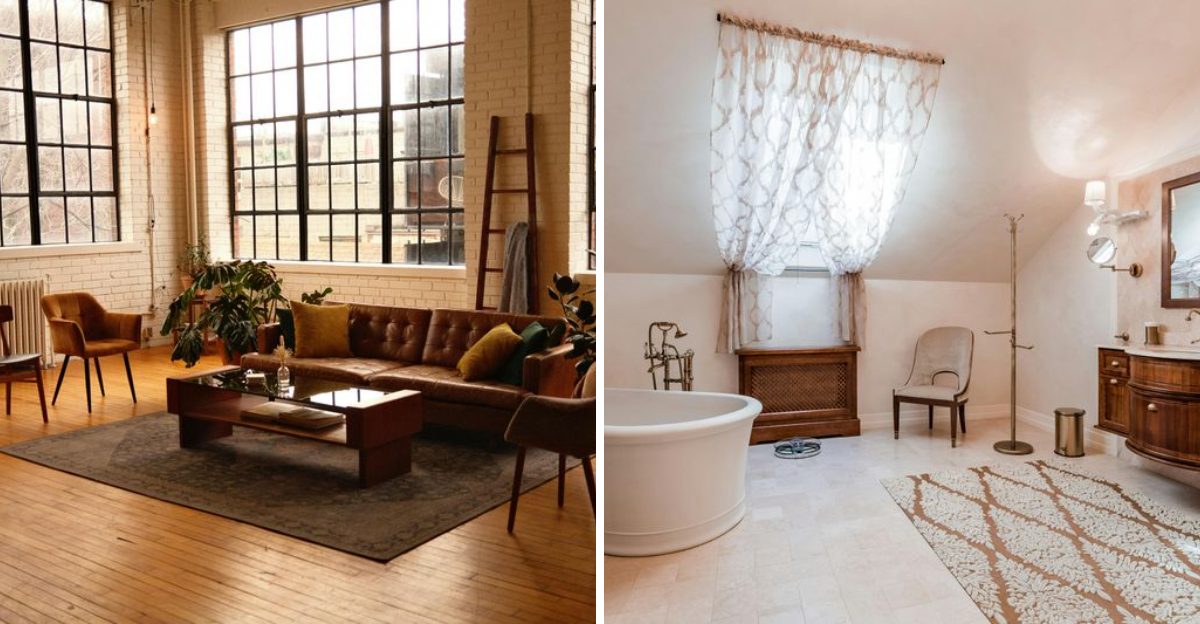
That trendy home feature you love today might turn into a maintenance nightmare tomorrow. While some design choices look great upfront, they can quietly cause wear, damage, or costly repairs down the line.
Whether you’re building, renovating, or buying, it pays to know which features to think twice about. We’ll cover about 8 common home features that may lead to long-term damage, and what you can do instead to protect your investment. The impact of these features may vary depending on climate, materials, and installation quality.
1. Flat Roofs That Collect Water
Ever wondered why flat roofs are so popular in modern homes despite their notorious problems? Water pooling becomes your worst enemy after heavy rainfall. The constant moisture creates perfect conditions for leaks and eventual structural damage.
Flat roofs require specialized maintenance that most homeowners neglect. Without proper drainage systems and regular inspections, you’re basically installing a giant sponge above your living space.
If you absolutely must have this aesthetic, invest in high-quality waterproofing and create slight slopes for water runoff.
2. Wood Decks In Humid Climates
Humidity and wood decks mix about as well as oil and water. The constant moisture absorption in humid environments causes boards to warp, crack, and become breeding grounds for mold and mildew.
Wood decks require obsessive maintenance in these climates – I’m talking regular sealing, staining, and inspection for rot. Many homeowners underestimate this commitment.
Consider composite decking materials instead, which resist moisture damage and require minimal upkeep while still providing that warm, natural look you’re after.
3. Carpet In Bathrooms Or Basements
Though it might feel cozy underfoot, carpet in moisture-prone areas is basically a petri dish waiting to happen. Bathroom splashes and basement dampness get trapped in carpet fibers and padding, creating the perfect environment for mold growth.
Carpet in these spaces often conceals developing problems until they’re severe. The hidden moisture can damage subfloors and even structural elements over time.
Opt instead for proper bathroom tiles with radiant heating if you want warm feet, or luxury vinyl plank in basements that can handle occasional moisture exposure.
4. Overgrown Ivy On Walls
A picturesque cottage covered in ivy may evoke a sense of timeless charm, yet behind the greenery, trouble may be taking root. While ivy can provide a lush, green facade, it also weaves its tendrils into crevices, prying apart bricks and mortar.
As ivy grows, it exerts pressure on the structural elements of a home, potentially leading to cracks and water ingress. Over time, these small fissures can expand, threatening the integrity of the building itself.
Maintaining control over this plant’s growth can prevent ivy from becoming a destructive force. Cutting back its enthusiastic reach ensures your home remains both beautiful and structurally sound.
5. Improperly Installed Skylights
If you’ve ever heard someone say skylights eventually become ‘leak lights,’ they’ve probably experienced poor installation firsthand. The junction between skylight and roof creates vulnerable seams where water can penetrate during heavy rainfall.
Skylights installed without proper flashing and sealing techniques create invisible water pathways into your home. The damage often remains hidden within walls until it’s extensive.
When done correctly with quality materials and regular maintenance, skylights can be wonderful – but the installation is absolutely not a DIY project for weekend warriors.
6. Exterior Wood Siding Without Proper Treatment
How quickly can untreated wood siding deteriorate? Faster than you’d believe! Exposure to sun, rain, and temperature fluctuations causes untreated wood to crack, warp, and create entry points for moisture.
Exterior wood siding requires consistent maintenance cycles of cleaning, treating, and painting. Neglected siding allows water to penetrate to the sheathing and framing beneath.
This creates ideal conditions for rot and even termite infestation. Quality pre-treated siding or alternative materials like fiber cement provide similar aesthetics with significantly better durability.
7. Oversized Windows Without UV Protection
Those massive, statement windows flooding your space with natural light? They’re also bombarding your furniture, flooring, and artwork with fade-causing UV radiation. Unprotected windows create invisible damage that accumulates over years.
Large windows without proper glazing or treatments also create significant energy efficiency issues. Your HVAC system fights a losing battle against heat gain in summer and heat loss in winter.
Modern window technologies offer UV-filtering options that protect interiors while maintaining views and light. Alternatively, consider quality window films for existing installations.
8. Clogged Gutters
As autumn leaves cascade from the trees, they find refuge in gutters, where neglect turns them into a homeowner’s headache. Clogged gutters, while easy to overlook, are harbingers of water damage.
When rainwater can’t flow freely, it overflows, pouring down walls and pooling at the foundation. This persistent water can lead to erosion, leaks, and even basement flooding.
Regular cleaning, especially in fall, keeps gutters clear and water directed away from your home. By maintaining this crucial aspect, you shield your home from the damp threats lurking overhead.


